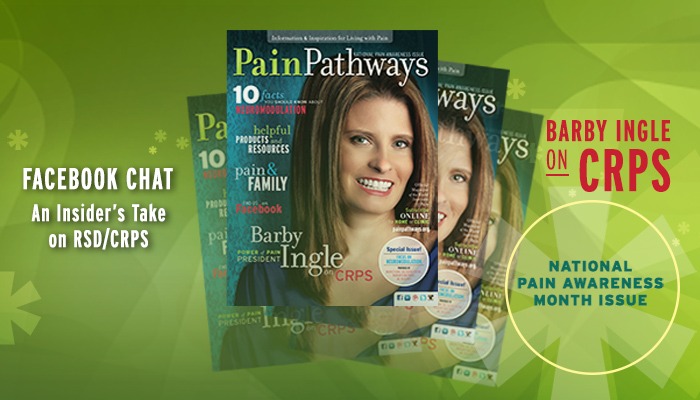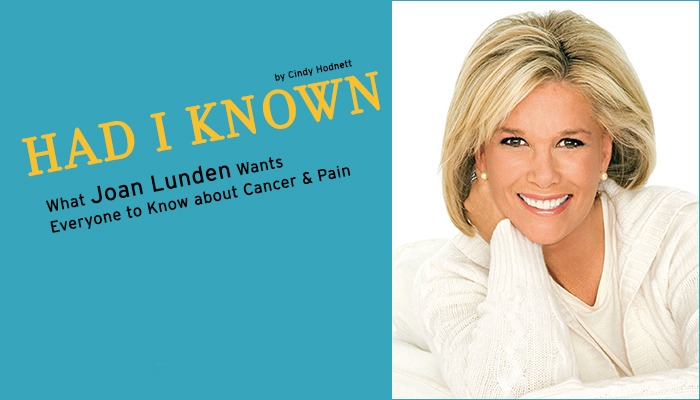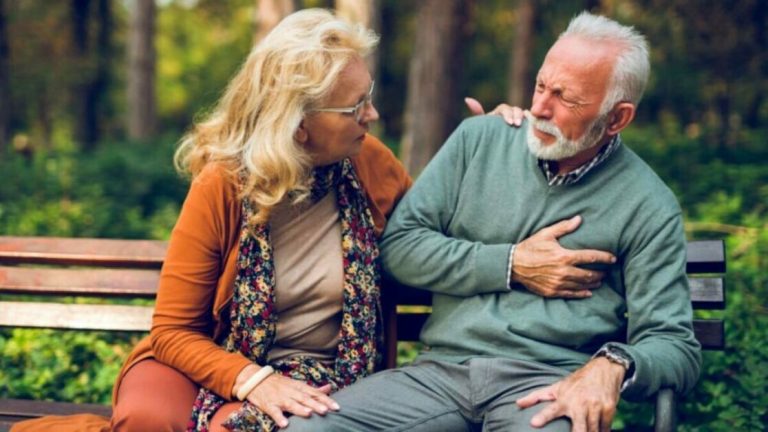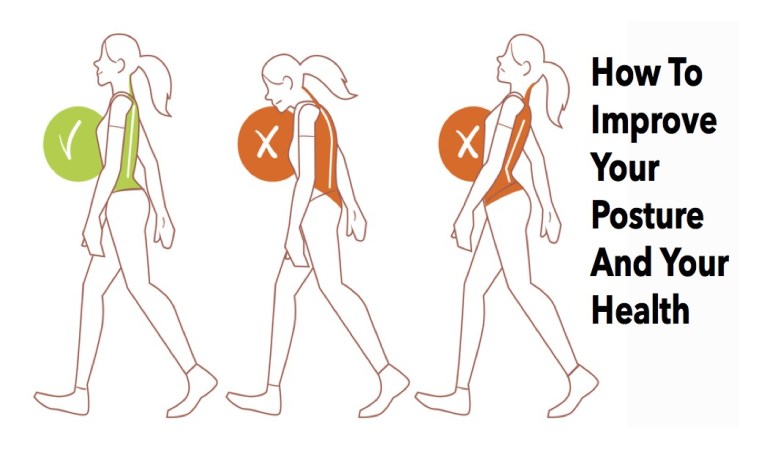RSD/CRPS Facebook Chat

An Insider’s Take on RSD/CRPS
Transcript Highlights
Power of Pain Foundation’s Barby Ingle
September 4, 2013
Barby Ingle is an author, chronic pain educator for the Power of Pain Foundation, motivational speaker and was a speaker for the American Pain Foundation’s Power Over Pain Campaign from 2007-2012. She has been featured locally and nationally about her experiences with RSD. Since 2002, Barby has been a pain patient since and began mentoring other patients through The RSD Hope Organization in 2006. For more information, visit http://www.barbyingle.com/
Barby Ingle: Thank you so much for having me tonight. I am looking forward to the next hour. I will answer as many questions as I can get to and will also be referring you to links and resources that I find helpful in dealing with my own RSD. I have had full body RSD for 11 years. In 2009 I underwent infusion therapy and was able to achieve remission. In 2012, I got an oral orthotic that helped me even more.
I have found that a multi-disciplinary approach to treating my RSD with noninvasive treatments is what has helped me the most. I realized that every RSD’er is different and some treatment modalities may or may not work for you. It is important to be your own best advocate and research so that you are doing what is best for you. Only you know the answer as to what you are comfortable trying.
Tonight I will be answering questions about reflex sympathetic dystrophy. I will use the term RSD in referring to Reflex Sympathetic Dystrophy. This term is only one term used to describe this disease. Other names that mean the same thing are CRPS, Complex Regional Pain Syndrome, Causalgia, Reflex Neurovascular Disease (RND), and over 20 terms have been used since the civil war.
This disease RSD is neuro-autoimmune. Researches have isolated two auto-antigens involved in the condition. The research was published in April 2011; Autoimmunity against the b2 adrenergic receptor and muscarinic-2 receptor in complex regional pain syndrome by Danielle Kohr, Pratibha Singh, Marlene Tschernatsch, Manfred Kaps, Ervice Pouokam, Martin Diener, Wolfgang Kummer, Frank Birklein, Angela Vincent, Andreas Goebel, Gerd Wallukat, and Franz Blaes. We now know for sure that neuroinflammation is involved in RSD.
Question: Barby what are some tips you can give to people who live with RSD?
Barby:
- Continue to research and keep a positive attitude that relief is possible.
- Follow RSD experts as they publish new findings.
- Get your information organized.
- Make informed and wise decisions about your treatment plan, doctors, best hospitals for you, and taking your life back from the pain in you, you have to become educated.
- There is hope for treatments of RSD that are putting patients into remission: new research results and procedures are coming that will assist in patient care on a long-term basis.
- Journal or keeping a log is an excellent way of identifying possible triggers because you can go back and compare what you did prior to a current flare with other previous flares. Just take a few minutes each day to jot down your activities for the day, any new medications or other therapies started, changes to your diet, weather or temperature changes, how and when you slept – anything that could help you pinpoint changes or themes that could account for your flares.
(Source: RSD in Me)
Question: “Barby, how do you stay optimistic while living with pain?
Barby: I became my own best Advocate… Getting an accurate diagnosis is an essential step towards getting the right treatment plan. If your symptoms affect your work, school or personal life talk with your doctor about them. RESEARCH!!!!! Don’t be afraid to be your own best advocate. Identify your triggers, if you have any, and avoid them when possible. Maintain a healthy lifestyle which includes good sleep hygiene, staying hydrated and eating healthy. If you smoke, work on quitting… and if you drink do so moderately.
One of my favorites is to practice relaxation and stress-management techniques. The more you practice the easier it will be to lower stress levels once a really stressful event occurs. Take time for yourself. And know that if you feel that anxiety or depression most of us experience has become unmanageable, speak with your provider or a mental healthcare professional and work your way through it. There are many reasons to be hopeful about the future. So maintain hope! *\O/*
Question: What would you say to a caregiver who has a loved one with RSD?
Barby: Try asking them to give you a BREAK.
Let them know “If you want to help me, you can give me a BREAK.”
B – Believe it is real and help keep my stress low
R – Realize that I look healthy but have limitations
E – Ease your mind by asking questions or visits www.powerofpain.org
A – Ask before you touch me
K – Keep sharp and sudden noises to a minimum
Jodi: “Barby, can you tell me more about IV- Ketamine, and Oral Orthotics, and how they have helped you with your pain?”
Barby: Ketamine is what got me into remission. Infusion Therapy: Ketamine, a dissociative anesthetic, is being used in the treatment of RSD more and more. During the infusion the patient is monitored constantly, and it should be administered only by a qualified physician such as an anesthesiologist. The theory of ketamine use in RSD/RSD is primarily advanced by neurologist Dr Robert J. Schwartzman of Drexel University College of Medicine in Philadelphia, and researchers at the University of Tübingen in Germany, but was first introduced in the United States by Doctor Ronald Harbut of Little Rock, Arkansas. Ketamine blocks NMDA receptors which might reboot aberrant brain activity and binds to the same glia receptors that opioids do, except they calm instead of excite the glia receptors.
There are two treatment modalities; the first consists of a low-dose subanesethesia Ketamine infusion of between 10–90 mg per hour over several treatment days, this can be delivered on an outpatient basis. This is called the awake or subanesethesia technique. One study demonstrated that 83% of the patients that participated had complete relief and many others had some relief of the symptoms. Another evaluation of a 10-day infusion of intravenous ketamine (awake technique) in the RSD patient concluded that “A four-hour ketamine infusion escalated from 40–80 mg over a 10-day period can result in a significant reduction of pain with increased mobility and a tendency to decreased autonomic dysregulation”. source: www.powerofpain.org
Question: What do you think are the best pain advocacy organizations?
Barby: Great RSD & Pain Resources can be found at: velaharbor.com/pain-resources/, www.powerofpain.org, www.rsds.org, and www.rsdhope.org
PainPathways Magazine
PainPathways is the first, only and ultimate pain magazine. First published in spring 2008, PainPathways is the culmination of the vision of Richard L. Rauck, MD, to provide a shared resource for people living with and caring for others in pain. This quarterly resource not only provides in-depth information on current treatments, therapies and research studies but also connects people who live with pain, both personally and professionally.
View All By PainPathways






